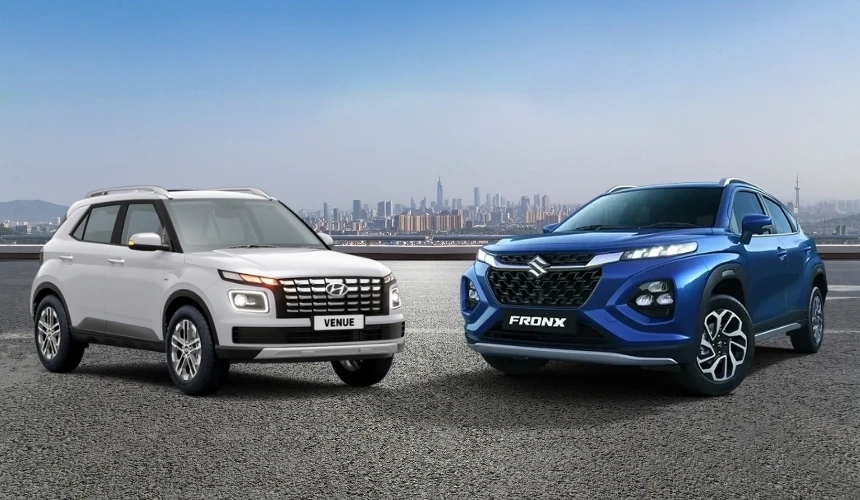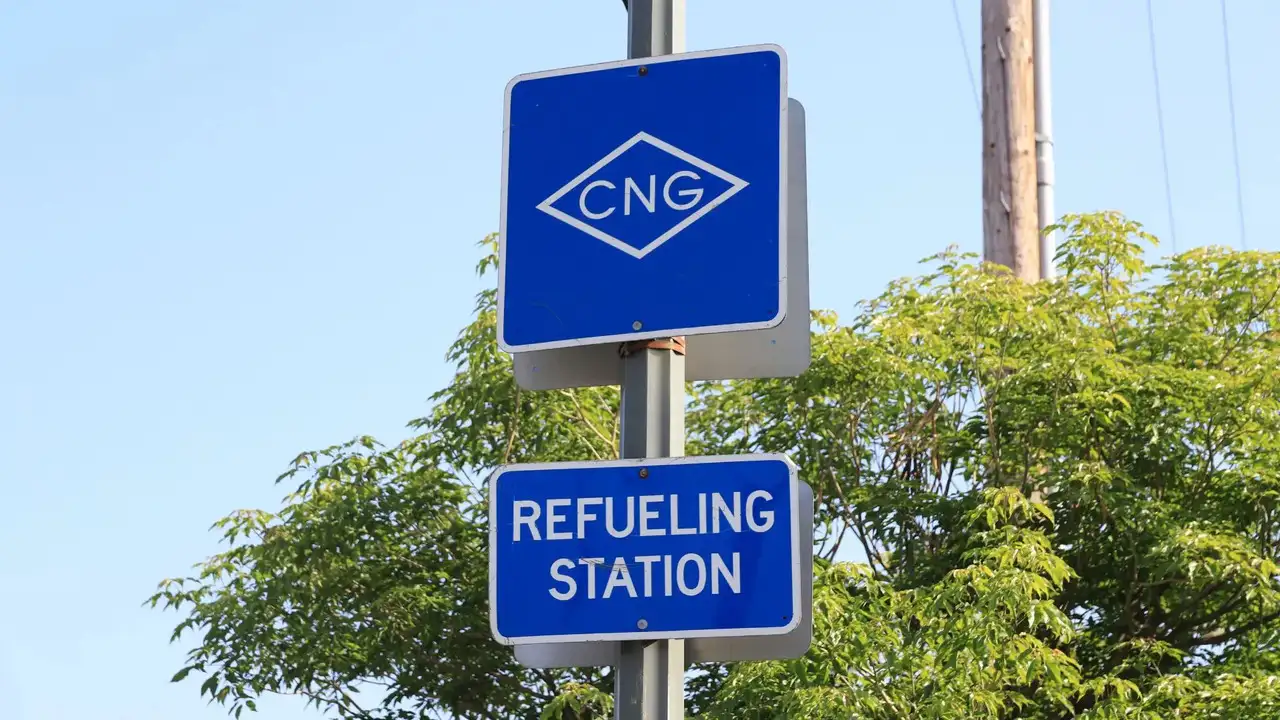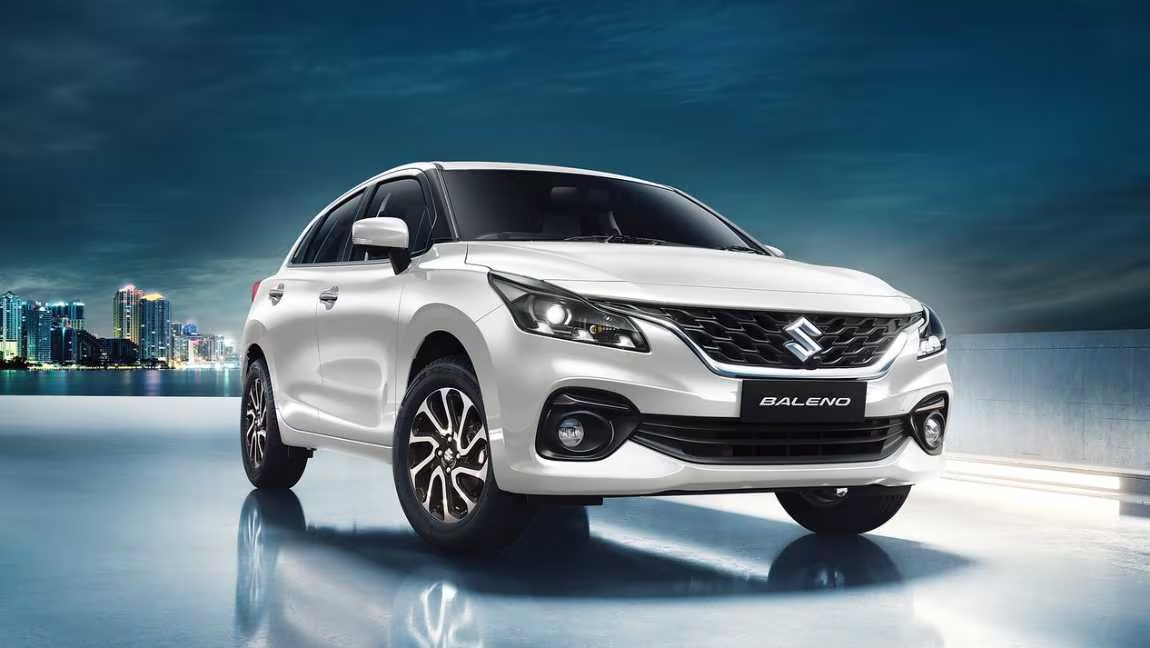Maruti & Hyundai Sales Slump in June 2025
India’s auto industry faced a significant downturn in June 2025, as leading carmakers Maruti Suzuki and Hyundai reported noticeable declines in domestic sales. Maruti experienced a 13% drop in domestic dispatches, while Hyundai followed with a 12% decrease. These figures underscore broader challenges facing the country’s automotive sector, including weakened demand in key segments and shifting consumer preferences.
Key Factors Behind the Slump
Decline in Small-Car Demand
Small and entry-level cars—once the cornerstone of India’s automobile market—are now witnessing severe contraction. Maruti’s compact lineup, including the Alto, S-Presso, Swift, Wagon-R, and Baleno, saw sharp monthly declines. Alto and S-Presso sales plunged nearly 31% year-on-year.
Regulatory mandates, such as advanced safety features and stricter emission norms, have increased the base cost of small cars by over 70% since 2019. This price escalation has reduced affordability, particularly for first-time car buyers transitioning from two-wheelers.
Weak Urban Demand and Market Sentiment
In addition to cost pressures, consumer sentiment has remained tepid, particularly in urban centers. Hyundai cited geopolitical instability and uneven urban demand as major contributors to the sales decline. Even as India’s GDP growth remains steady, consumer confidence in automotive spending has not kept pace.
Brand-Wise Performance Breakdown
| Manufacturer | June 2025 Domestic Sales | Year-on-Year Change |
| Maruti Suzuki | 118,906 units | –13% |
| Hyundai Motor India | 44,024 units | –12% |
| Tata Motors | Data not specified | ~–15% |
| Mahindra & Mahindra | 47,306 units | +18% |
- Maruti Suzuki recorded its lowest June figures since December 2023, primarily due to collapsing sales in its budget segment.
- Hyundai, though still dominant in the SUV space with nearly 68% of sales coming from that category, could not avoid the overall downward trend.
- Tata Motors experienced its lowest June volume since December 2021.
- Mahindra & Mahindra, however, bucked the trend with an 18% year-on-year rise, propelled by strong SUV demand.
Industry Headwinds: Regulations, Exports, and EV Supply Chains
Regulatory Pressures
Maruti and other manufacturers have urged the government to ease fuel-efficiency norms for small cars under 1,000 kg. These norms, while designed to promote sustainability, have inadvertently raised costs and choked demand in the budget segment. If revised, the move could provide some breathing room for entry-level manufacturers.
Exports Offering Relief
With domestic demand faltering, manufacturers like Maruti are ramping up their export volumes. In June, Maruti recorded its highest-ever monthly exports at 37,842 units, cushioning some of the losses in local sales. The company now targets 400,000 units in exports for the fiscal year, banking on global markets to offset domestic sluggishness.
EV Production and Supply Chain Challenges
Maruti has scaled back near-term production of its new e-Vitara electric SUV due to rare-earth material shortages, driven by geopolitical constraints. This bottleneck reflects a broader vulnerability in India’s EV supply chain, where dependency on imported components can hinder momentum.
Positive Indicators and the Road Ahead
Despite the June slump, there are early signs of recovery:
- Interest rate cuts and improved auto loan terms could revive retail sentiment.
- SUV and electric vehicle demand remains strong, particularly for brands like Mahindra and Hyundai.
- Potential easing of regulatory norms may help revive small-car demand and rebalance the market.
However, industry forecasts remain conservative. Passenger vehicle growth is expected to slow to around 1–2% in 2025, compared to the 2% recorded in the previous fiscal year.
What to Watch Moving Forward
- Policy Changes – Will easing fuel-efficiency regulations for small cars revive demand?
- Export Growth – Can companies like Maruti and Hyundai sustain their overseas momentum?
- EV Production – Will supply chain issues continue to limit India’s EV potential?
- Consumer Lending Trends – Will better financing terms help unlock delayed purchases?
Conclusion
June 2025 marked a turning point for India’s auto industry. What was once a mass-market small-car-led ecosystem is now grappling with structural shifts. High input costs, stricter regulations, and changing consumer expectations have pushed manufacturers to re-strategize.
As industry giants pivot to exports, SUVs, and policy lobbying, the sector’s recovery will depend on how effectively it adapts to evolving market dynamics. For now, the Indian automotive sector finds itself at a crossroads—needing both immediate relief and long-term reform to reclaim its growth trajectory.
follow us for latest updates:




